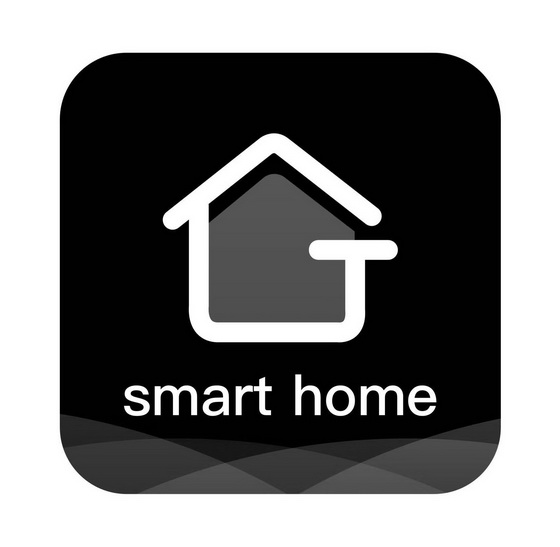|
Introduction: Gesture recognition technology has rapidly emerged as a powerful tool for bridging the gap between humans and technology. By enabling machines to interpret human gestures, this technology has revolutionized various domains, including gaming, virtual reality, robotics, healthcare, and user interfaces. In this article, we will explore the concept of gesture recognition, its applications, and its potential impact on the future. What is Gesture Recognition? Gesture recognition refers to the ability of a machine or computer system to understand and interpret human gestures, such as hand movements, facial expressions, body language, and even eye movements. It involves capturing and analyzing these gestures using sensors, cameras, or other input devices, and then translating them into meaningful commands or interactions. Applications of Gesture Recognition: Gaming: Gesture recognition has transformed the gaming industry by allowing users to control characters and interact with virtual environments through natural hand movements. Whether it's swinging a virtual sword or throwing a virtual ball, gesture-based gaming provides an immersive and intuitive experience. Virtual Reality (VR): Gesture recognition plays a vital role in enhancing the realism and interactivity of virtual reality environments. Users can navigate through virtual spaces, manipulate objects, and communicate with others in the virtual world using hand gestures. This technology brings us closer to fully immersive virtual experiences. Robotics: Gesture recognition enables robots to understand and respond to human gestures, making human-robot interaction more natural and efficient. Robots equipped with gesture recognition can assist in tasks like manufacturing, healthcare, and customer service. For example, a robot in a hospital can understand hand signals from doctors or nurses and fetch required medical supplies. User Interfaces: Gesture recognition offers an alternative to traditional input methods like keyboards and mice, providing more natural and intuitive ways to interact with computers and smart devices. With simple hand movements, users can control applications, switch between tasks, or navigate through menus. This technology has great potential to make human-computer interactions more seamless and accessible. Future Implications: The future of gesture recognition technology looks promising, with continuous advancements in machine learning, computer vision, and sensor technologies. As this technology becomes more sophisticated, we can expect even greater accuracy and reliability in recognizing and interpreting gestures. This opens up possibilities for new applications in fields like healthcare, education, automotive interfaces, and more. Conclusion: Gesture recognition technology holds tremendous potential to revolutionize the way we interact with machines and devices. By understanding and interpreting human gestures, it enables a more natural, immersive, and intuitive user experience. As this technology continues to evolve, we can look forward to exciting innovations and new avenues for its implementation across various industries.  |
